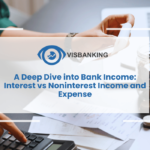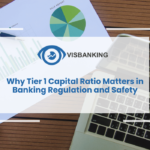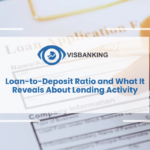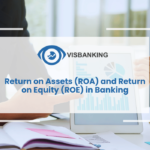
by visbanking | Apr 6, 2025 | Banking Knowledge Base
Interest vs Noninterest Income Understanding the components of bank income, including interest and noninterest income and expenses, is crucial for assessing a bank’s profitability and financial health. This guide explores the differences between these income...
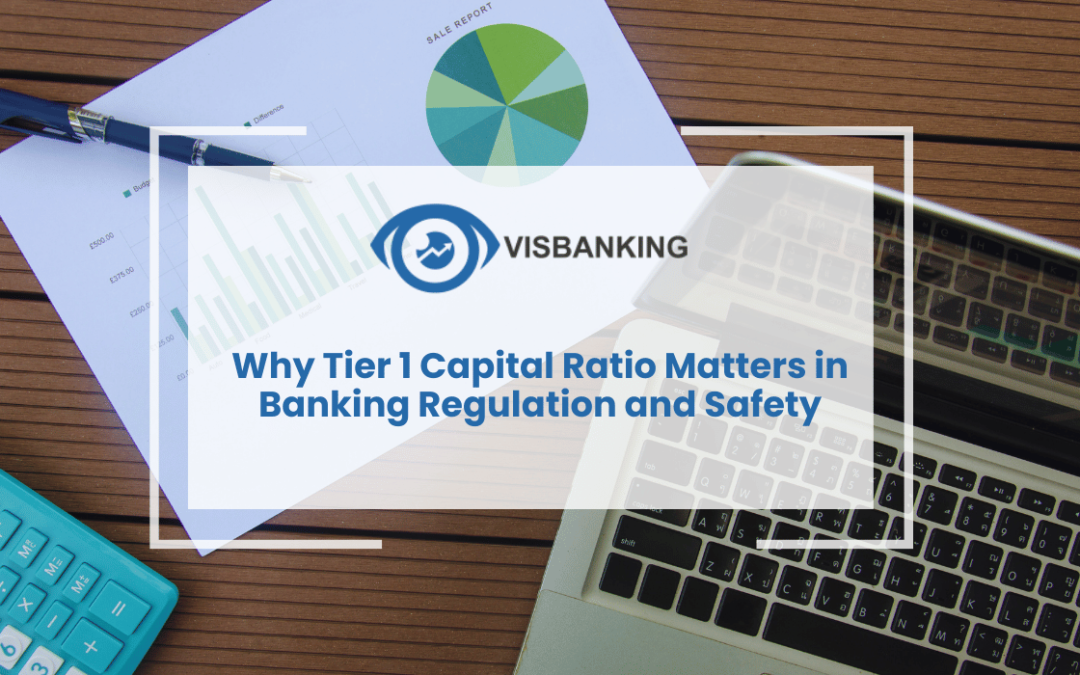
by visbanking | Apr 6, 2025 | Banking Knowledge Base
Tier 1 Capital Ratio The Tier 1 Capital Ratio is a critical metric in banking regulation, reflecting a bank’s financial strength and ability to withstand economic shocks. Understanding this ratio is essential for assessing a bank’s capital adequacy and...

by visbanking | Apr 6, 2025 | Banking Knowledge Base
Loan-to-deposit ratio (LDR) The loan-to-deposit ratio (LDR) is a crucial financial metric that indicates a bank’s lending activity relative to its deposit base. Understanding this ratio helps assess a bank’s liquidity, risk profile, and stability. This...
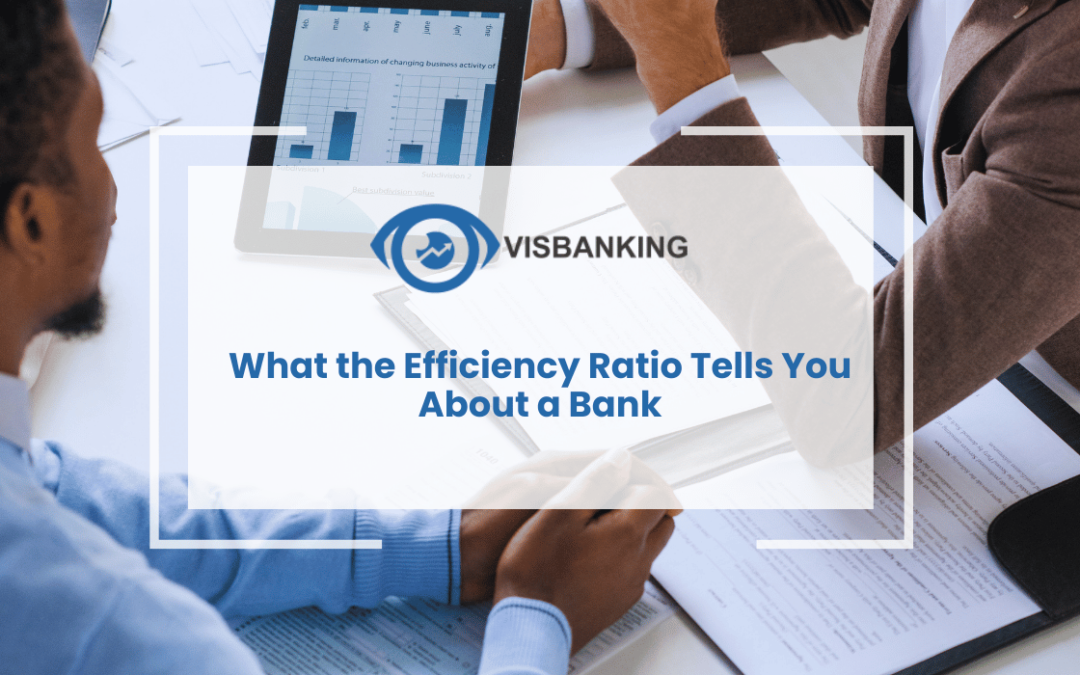
by visbanking | Apr 6, 2025 | Banking Knowledge Base
Efficiency Ratio The efficiency ratio is a critical metric in banking that measures a bank’s ability to manage its expenses relative to its revenue. Understanding this ratio helps stakeholders assess a bank’s operational efficiency and cost management....

by visbanking | Apr 6, 2025 | Banking Knowledge Base
Return on Assets (ROA) and Return on Equity (ROE) Return on Assets (ROA) and Return on Equity (ROE) are critical financial metrics in banking, providing insights into profitability and shareholder value. Understanding these ratios helps stakeholders assess a...
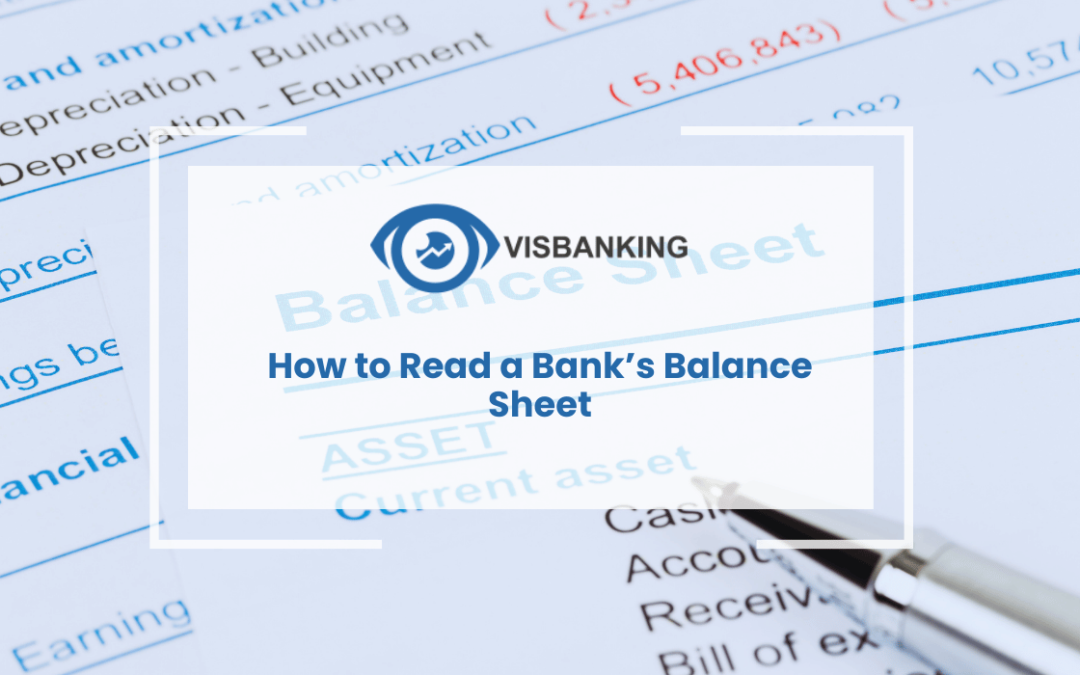
by visbanking | Apr 6, 2025 | Banking Knowledge Base
Understanding a Bank’s Balance Sheet Understanding a bank’s balance sheet is crucial for assessing its financial health and stability. This guide breaks down key components such as assets, liabilities, and equity, and explains how to interpret financial...








